Picture this: you’re enjoying a peaceful afternoon in your garden when a charming red beetle with black spots lands on your hand. You smile, thinking about childhood tales of ladybugs bringing good luck. But then you feel it—a tiny pinch that makes you wonder if this cute little creature just bit you. Your first instinct might be disbelief, but the truth is more complex than you’d expect. The world of ladybugs isn’t quite the fairy tale we grew up believing, and some of these seemingly innocent insects can indeed deliver a bite that ranges from barely noticeable to surprisingly memorable.
The Truth About True Ladybugs
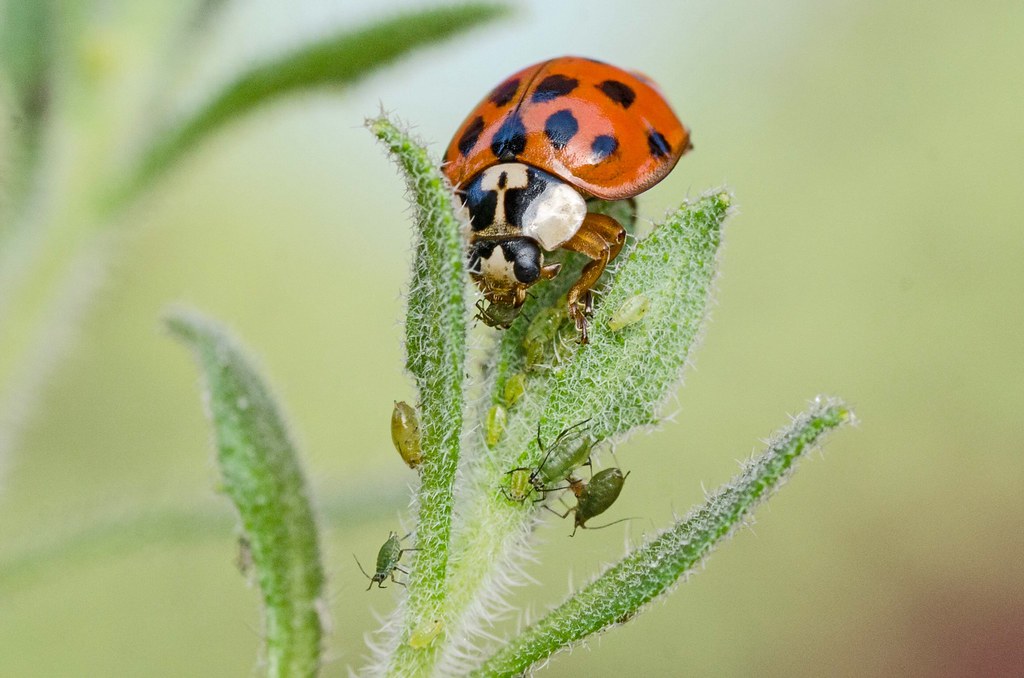
Native ladybugs, the ones that have called your region home for centuries, are generally the gentlest members of the family. These traditional spotted beauties rarely bite humans, and when they do, it’s usually by accident.
Their mouthparts are designed for munching on soft-bodied insects like aphids, not for breaking human skin. Think of it like trying to cut a steak with a butter knife—technically possible, but not very effective. When a native ladybug does make contact with your skin, you might feel a slight tickle or gentle pinch, but it’s hardly worth worrying about.
Asian Lady Beetles: The Game Changers
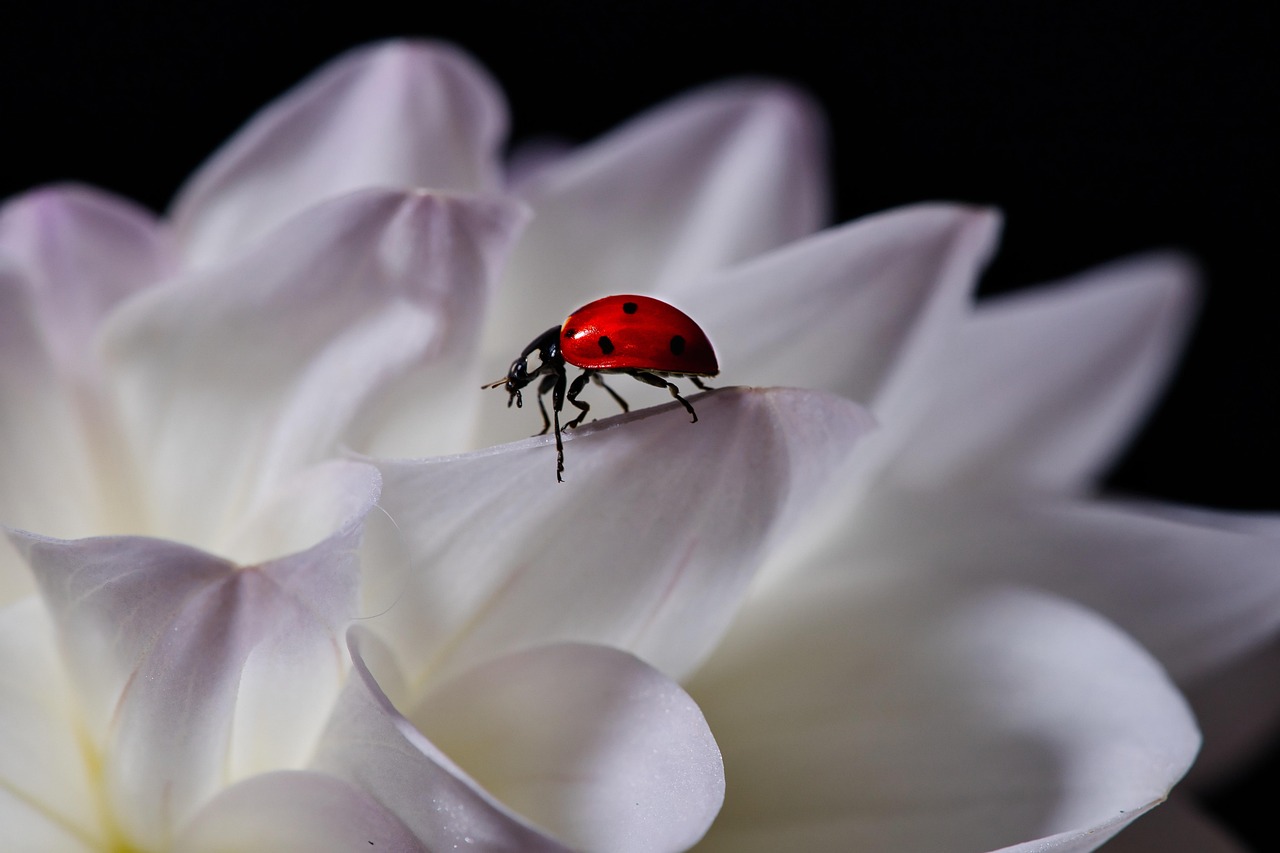
Here’s where things get interesting—and slightly uncomfortable. Asian lady beetles, introduced to North America in the 1960s and 1970s for pest control, are the real biters in this story. These orange-colored imposters look similar to native ladybugs but pack a much more aggressive personality.
Unlike their docile cousins, Asian lady beetles have stronger jaws and a more defensive nature. When they feel threatened or are handled roughly, they won’t hesitate to clamp down on human skin. The bite feels like a sharp pinch, similar to a small ant bite, and can leave a tiny red mark that might sting for a few minutes.
How to Tell the Difference
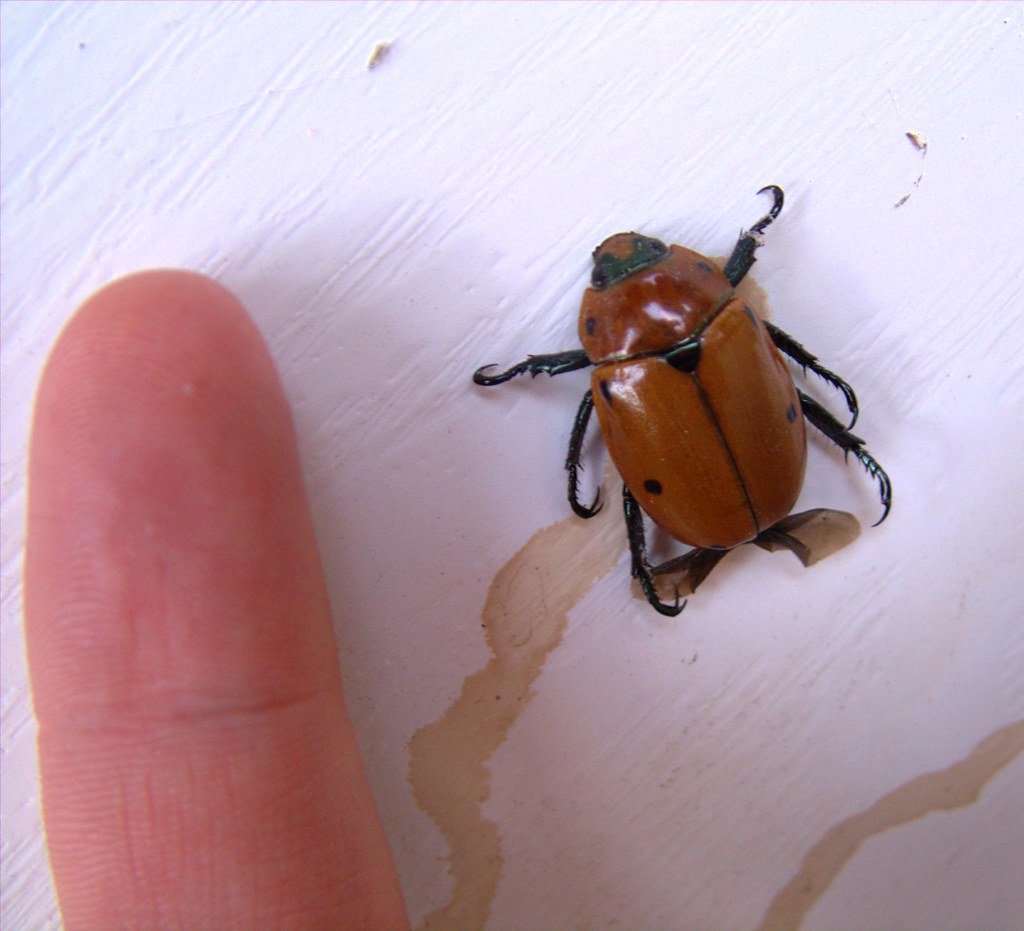
Distinguishing between native ladybugs and Asian lady beetles isn’t just academic—it could save you from an unexpected nip. Native ladybugs typically sport bright red or orange colors with distinct black spots, while Asian lady beetles range from pale yellow to deep orange with spots that can vary dramatically or even be absent entirely.
The real telltale sign lies in their behavior and the season. Asian lady beetles become particularly aggressive in fall when they’re searching for overwintering sites. They’ll swarm houses, cluster under siding, and become generally more irritable—much like humans during a stressful moving day.
The Science Behind the Bite
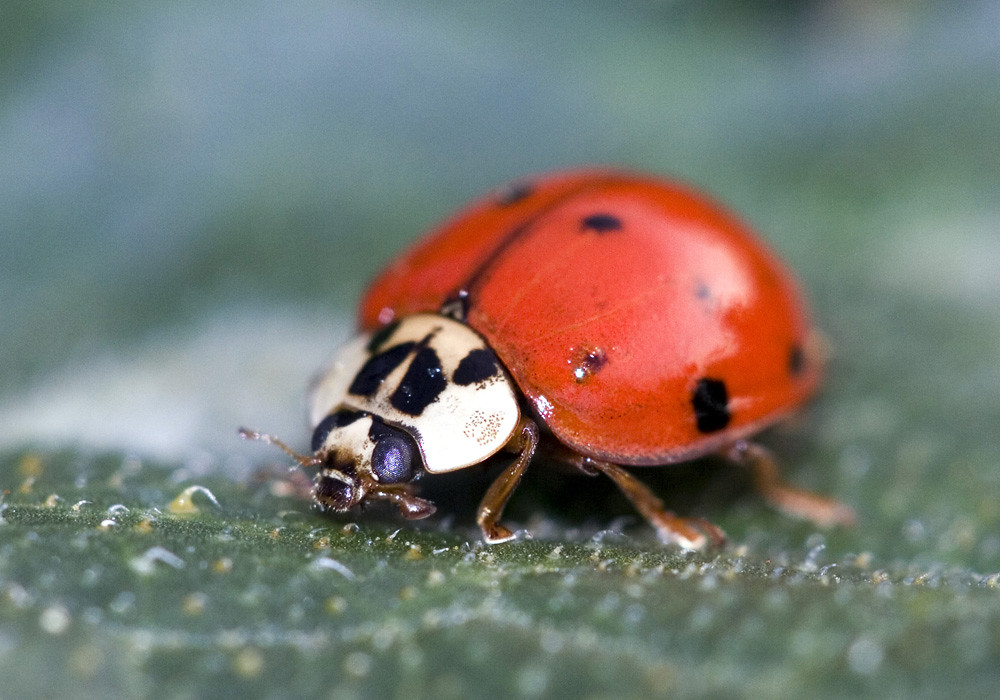
When a ladybug or lady beetle bites, they’re using mandibles—jaw-like structures designed for chewing. These aren’t hollow fangs like those of spiders or mosquitoes, so they can’t inject venom or suck blood. Instead, they simply clamp down with surprising force for such a small creature.
The pinching sensation comes from the pressure of these mandibles against your skin. In most cases, they can’t actually break the skin, but the pressure sensitive nerves in your fingertips or arms will definitely register the contact. It’s nature’s way of saying “please put me down politely.”
Why Ladybugs Bite in the First Place
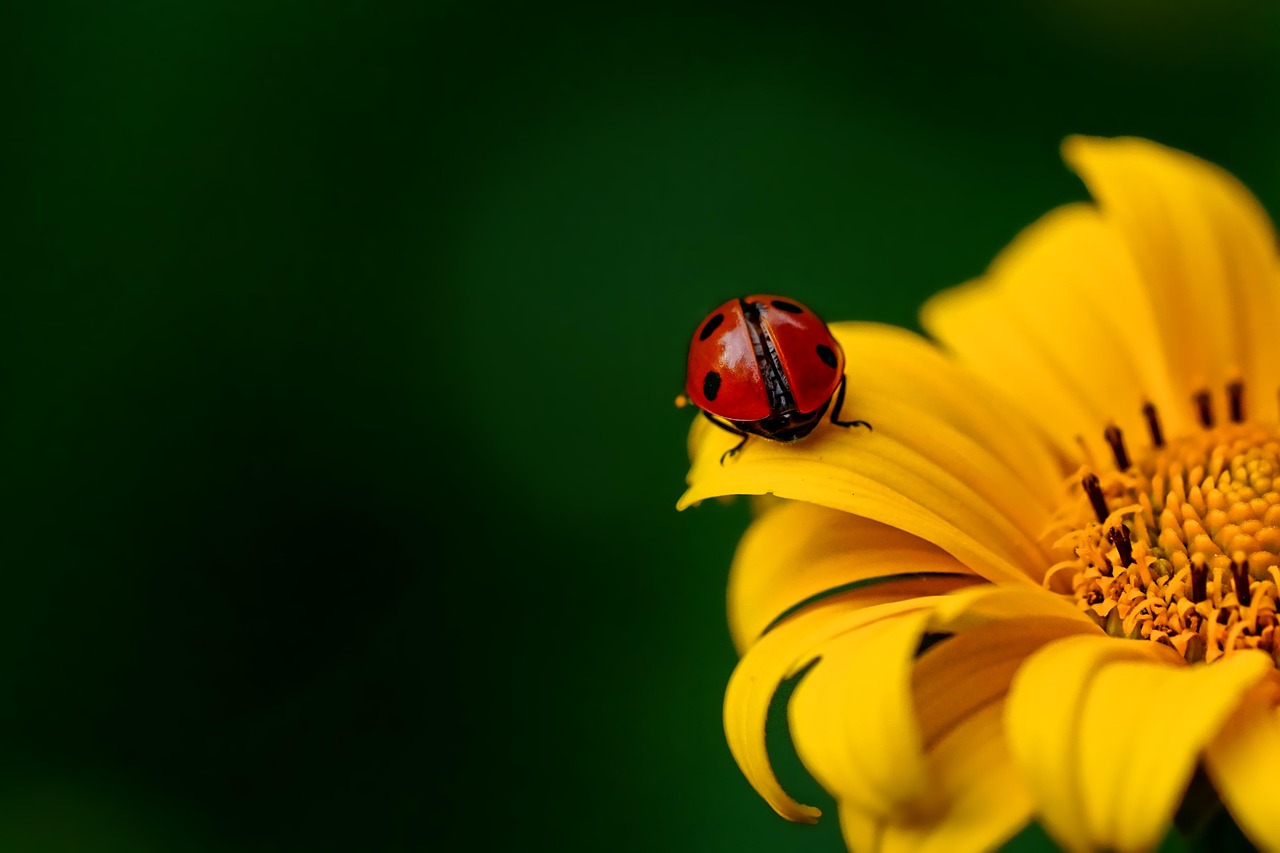
Ladybugs don’t wake up in the morning planning to bite humans—we’re simply not on their menu. When they do bite, it’s purely defensive behavior, similar to how a frightened cat might scratch when cornered. The bite is their way of saying “I’m not food, and I’m not going down without a fight.”
Stress also plays a major role in biting behavior. During autumn aggregation periods, when hundreds or thousands of lady beetles gather together, their stress levels spike dramatically. Add human interference to this already tense situation, and you have a recipe for more frequent biting incidents.
What a Ladybug Bite Feels Like
If you’ve ever wondered what it feels like to be bitten by a ladybug, imagine a tiny pair of pliers giving you a gentle but firm squeeze. The sensation is brief but unmistakable—a sharp pinch followed by a slight burning or stinging feeling that typically fades within minutes.
Most people describe the feeling as more surprising than painful. The bite rarely breaks the skin, and when it does, it’s usually just a superficial scrape. Children often find the experience more startling than adults, primarily because their skin is more sensitive and they’re less prepared for the unexpected sensation.
Are Ladybug Bites Dangerous?
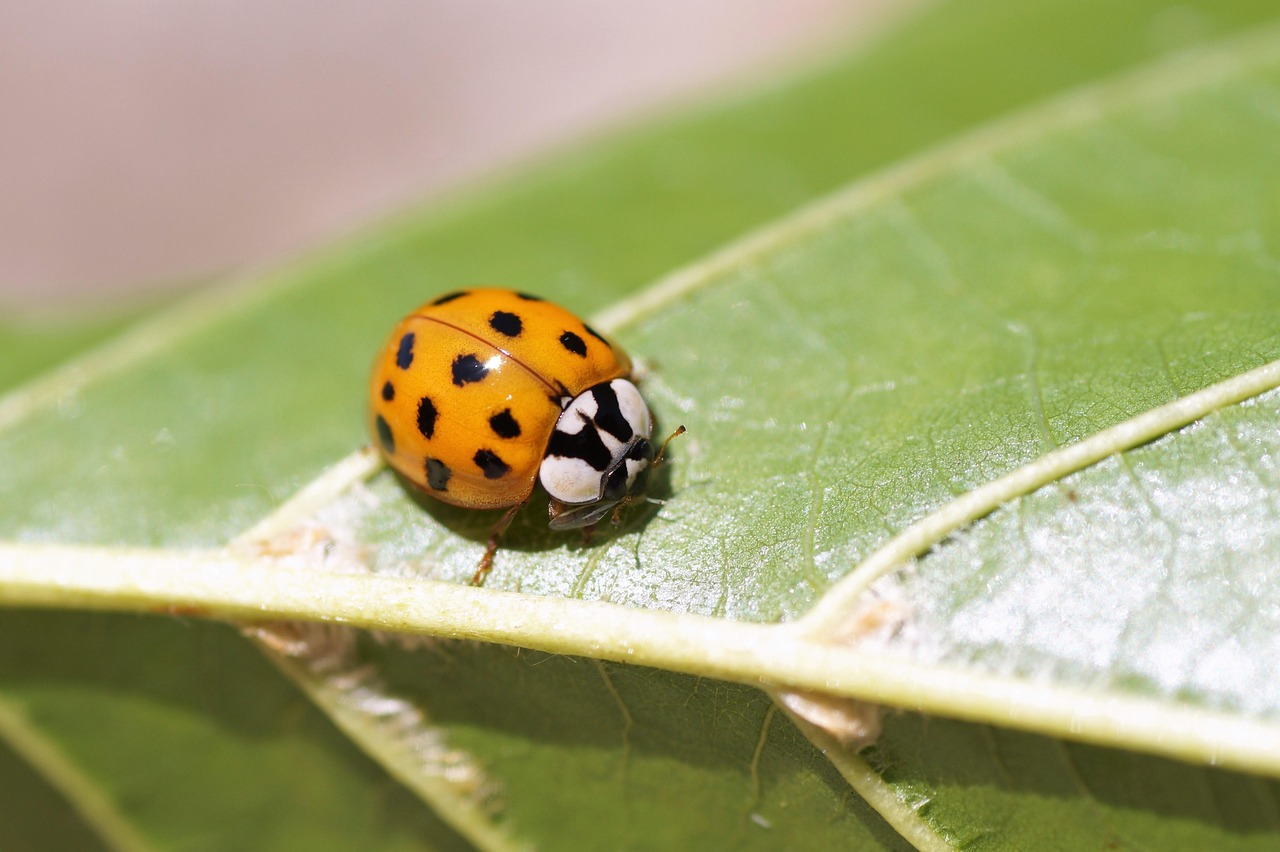
The good news is that ladybug bites are essentially harmless to humans. Unlike mosquitoes, ticks, or other biting insects, ladybugs don’t transmit diseases or inject toxins. The worst you might experience is a small red mark that resembles a tiny bruise or scratch.
However, some people may experience mild allergic reactions to ladybug bites, though this is extremely rare. These reactions typically involve slight swelling or redness around the bite site, similar to what you might see with a mosquito bite. If you notice unusual swelling, persistent itching, or any signs of infection, it’s wise to consult a healthcare provider.
Seasonal Patterns in Biting Behavior
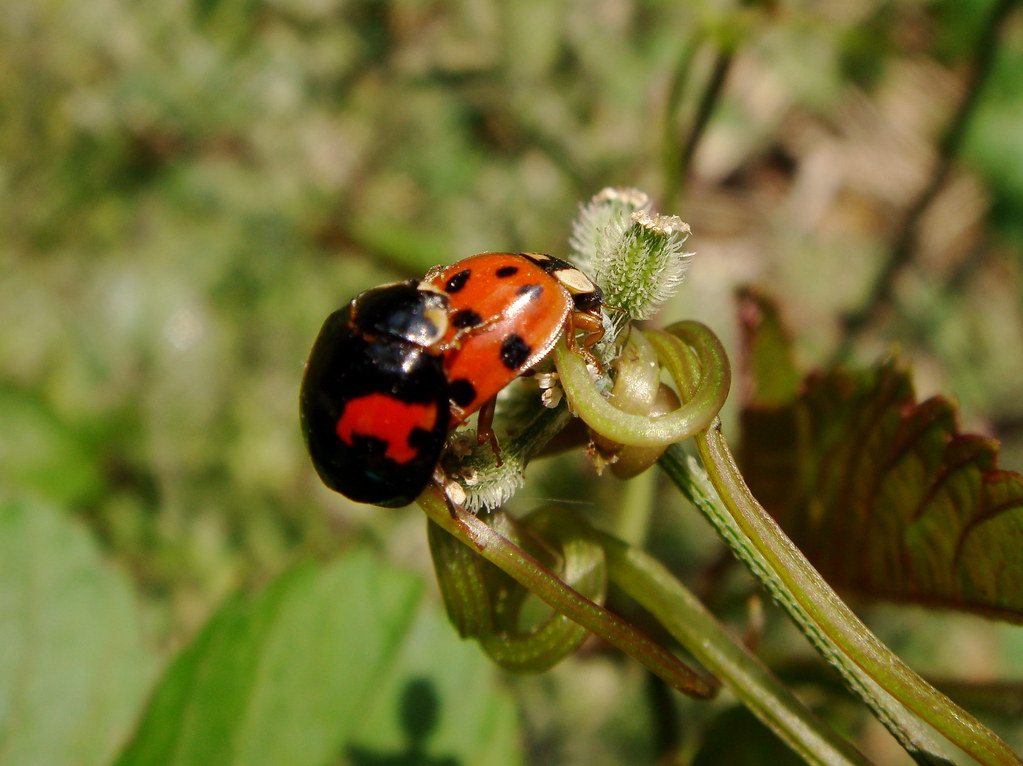
Ladybug biting incidents follow predictable seasonal patterns that coincide with their natural life cycles. Spring and early summer bites are relatively rare, as ladybugs are busy hunting aphids and focusing on reproduction rather than defensive behaviors.
Fall brings the highest risk of encounters with bitey ladybugs, particularly Asian lady beetles. This is when they aggregate in large numbers, seeking warm places to overwinter. Their increased stress levels and crowded conditions make them more likely to bite when disturbed. Winter bites are uncommon but can occur if you accidentally disturb their hibernation sites.
Geographic Variations in Biting Species
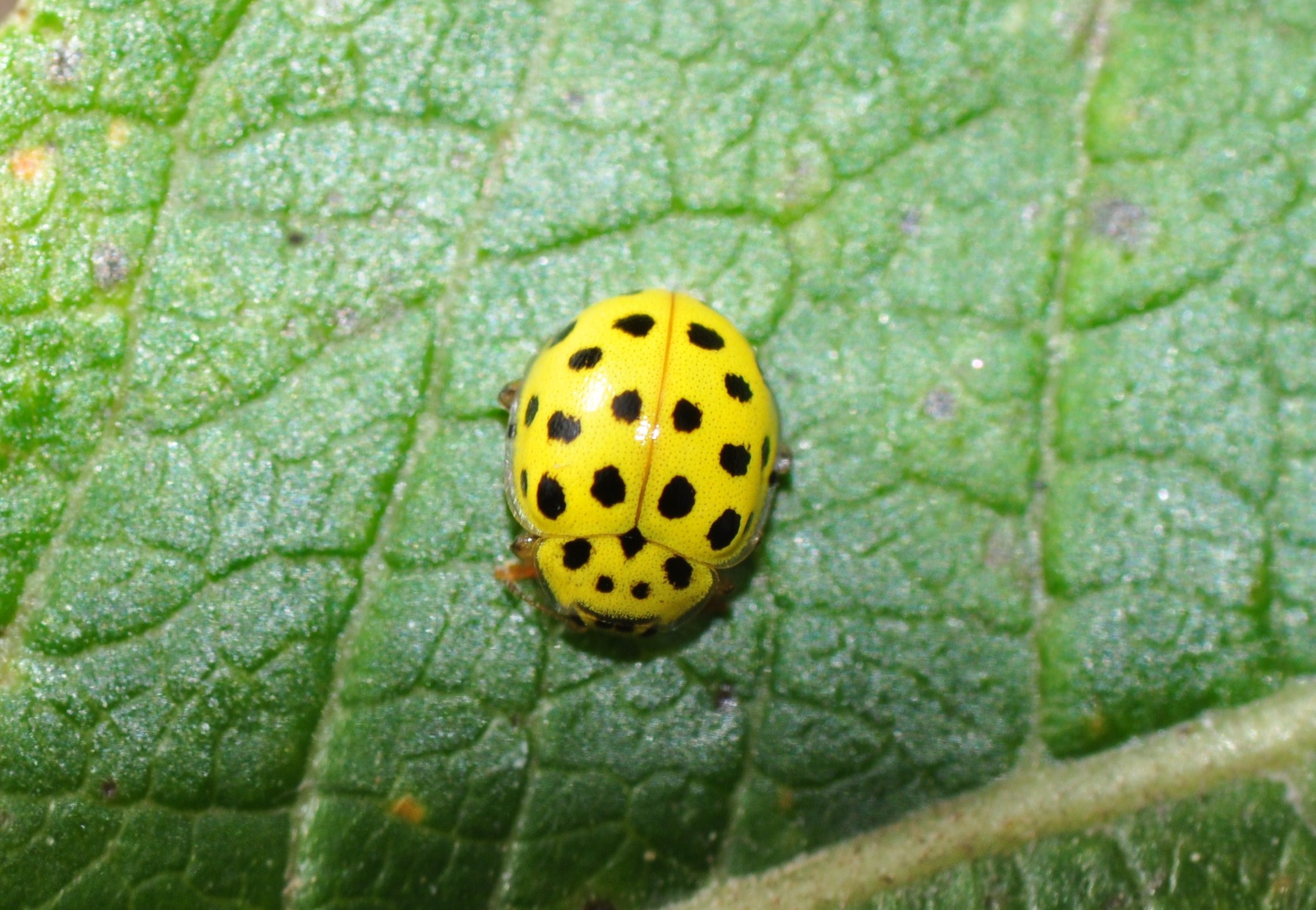
The likelihood of encountering a biting ladybug depends heavily on where you live. Regions with large populations of Asian lady beetles, particularly in the Midwest and Eastern United States, report more biting incidents than areas dominated by native species.
European countries have their own variations, with some native European ladybug species being more prone to biting than their American counterparts. Climate change is also shifting these patterns, as warmer temperatures allow some species to expand their ranges and alter their behavior patterns.
When Ladybugs Become Aggressive
Several factors can trigger aggressive behavior in ladybugs, turning these normally docile insects into tiny warriors. Overcrowding is a major trigger, especially during fall aggregation periods when thousands of individuals compete for limited overwintering sites.
Physical handling is another major catalyst for biting behavior. While gentle observation rarely provokes aggression, picking up or roughly handling ladybugs can quickly escalate to defensive biting. Temperature extremes can also affect their temperament—both excessive heat and sudden cold can make them more irritable and prone to bite.
How to Avoid Getting Bitten
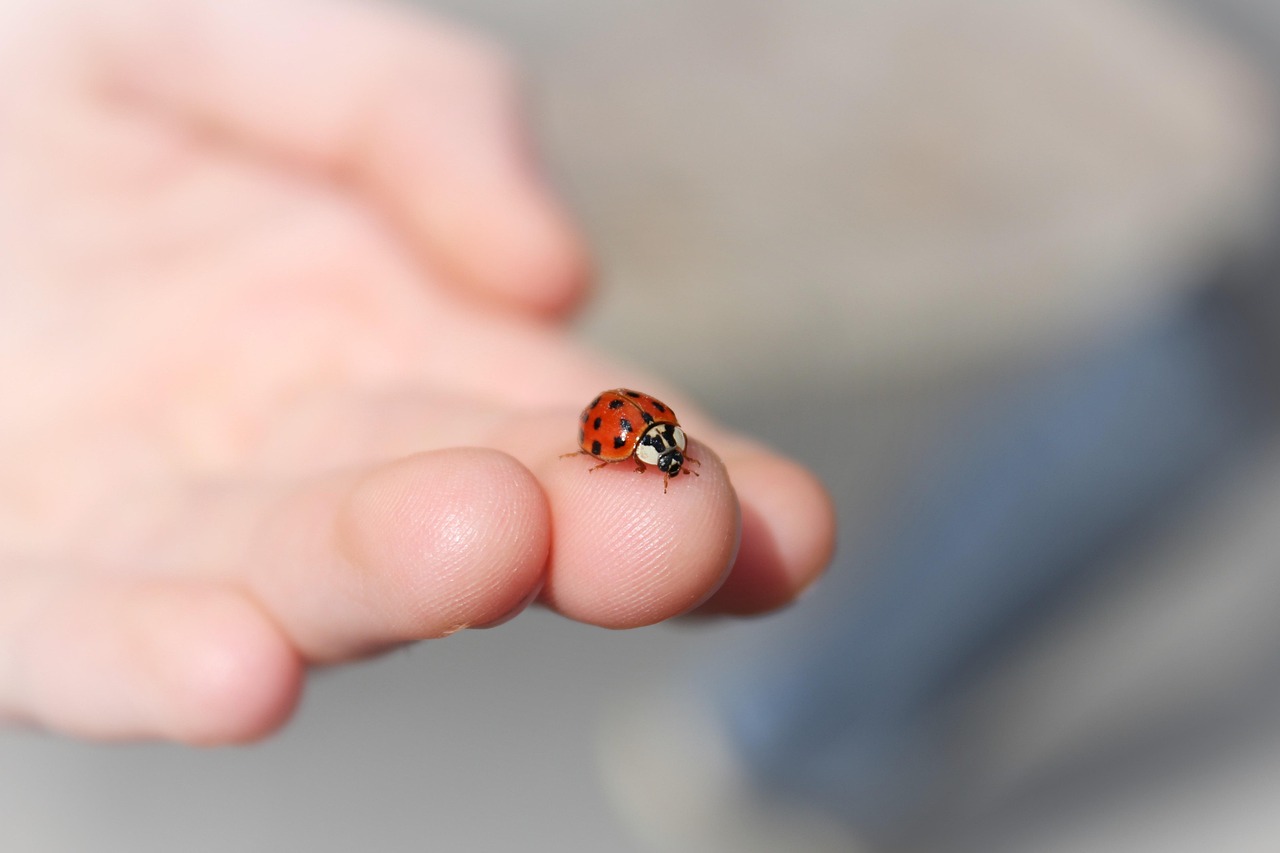
Preventing ladybug bites is surprisingly simple once you understand their behavior patterns. The golden rule is to observe rather than handle—admire these beneficial insects from a respectful distance whenever possible.
If you must remove ladybugs from your home, use gentle methods like a soft brush or paper to guide them rather than grabbing them with your fingers. During fall aggregation periods, wear gloves when gardening or cleaning areas where they might be clustering. Remember, they’re more interested in finding shelter than in bothering you.
What to Do If You Get Bitten
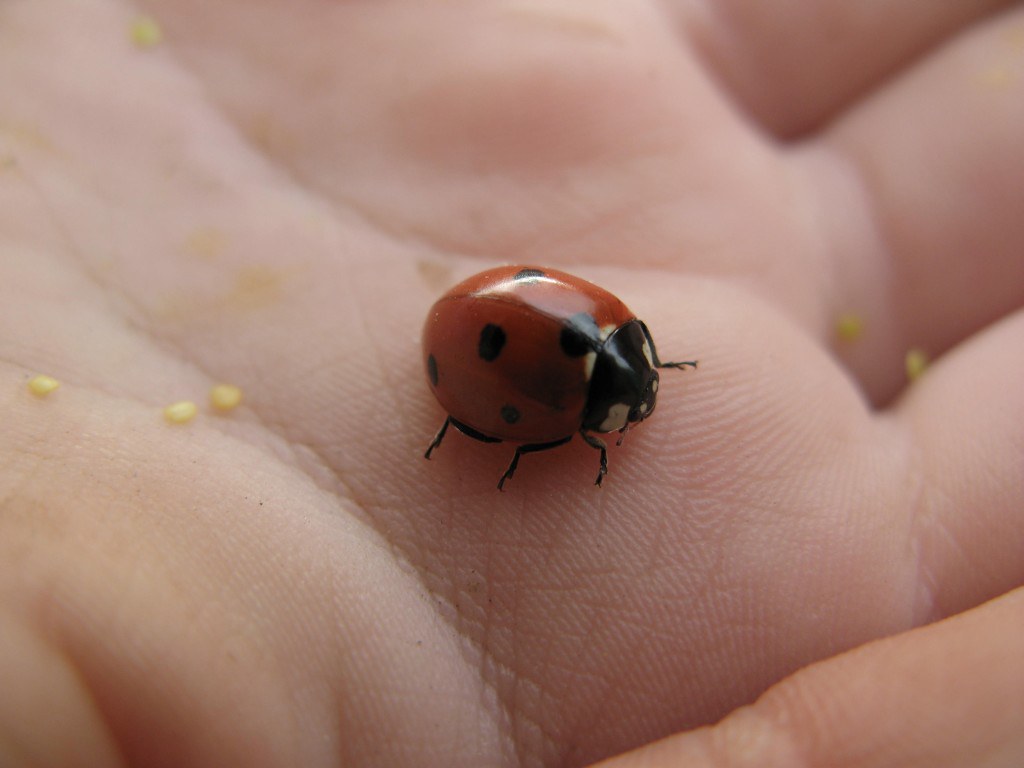
If a ladybug does manage to bite you, the treatment is refreshingly straightforward. Simply wash the area with soap and water to prevent any potential bacterial infection from dirt or debris. Apply a cold compress if there’s any swelling or discomfort, though this is rarely necessary.
Avoid scratching the bite site, as this can introduce bacteria and potentially cause a secondary infection. Most ladybug bites heal completely within 24-48 hours without any treatment. If you notice signs of infection or an unusual reaction, don’t hesitate to seek medical advice.
The Ecological Role of Biting Behavior
From an ecological perspective, the ability to bite serves important functions beyond simple self-defense. Biting behavior helps ladybugs establish dominance hierarchies during crowded aggregation periods, reducing conflicts over prime overwintering spots.
This defensive capability also helps protect ladybugs from small predators like spiders and praying mantises. While their bright colors serve as a warning to larger predators, their bite provides a last line of defense when camouflage and chemical deterrents fail. It’s a reminder that even the most beneficial insects need ways to protect themselves in nature’s competitive arena.
Myths and Misconceptions
Popular culture has created numerous myths about ladybug bites that simply aren’t true. Contrary to internet rumors, ladybugs don’t inject venom, lay eggs in human skin, or transmit diseases through their bites. They’re not becoming more aggressive due to genetic modifications or environmental pollution—they’re simply responding to natural stressors.
Another common misconception is that yellow ladybugs are always the biters while red ones are harmless. Color alone isn’t a reliable indicator of biting tendency, as both native and non-native species can display various color patterns. The key is understanding species-specific behaviors rather than relying on color-based assumptions.
The reality about ladybug bites is far more nuanced than the simple “ladybugs are harmless” narrative we often hear. While true native ladybugs rarely bite and pose virtually no threat, Asian lady beetles can deliver memorable pinches that might surprise unsuspecting gardeners. Understanding the difference between species, recognizing seasonal patterns, and respecting these insects’ space can help you enjoy their beneficial presence while avoiding unwanted encounters. These tiny creatures continue to provide invaluable pest control services in our gardens and farms, making a few minor defensive bites a small price to pay for their ecological contributions. After all, wouldn’t you defend yourself if a giant picked you up unexpectedly?
